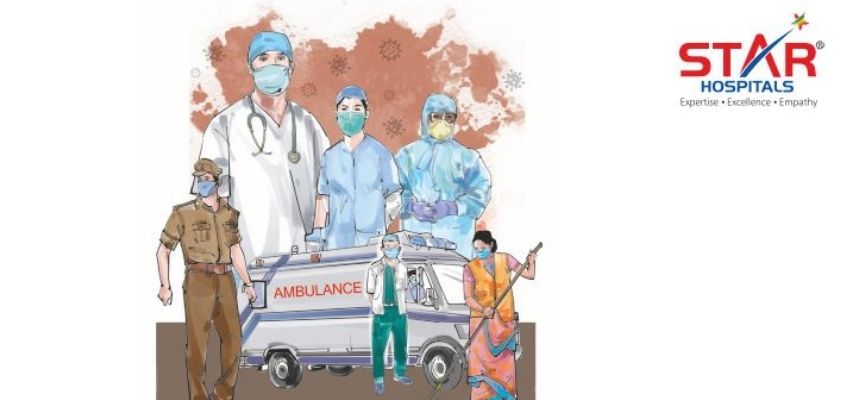NATHEALTH seeks ‘National Priority’ status for healthcare

Recommends setting up Health Infrastructure &Medical Innovation Funds
To create a robust healthcare ecosystem in the country, apex healthcare body NATHEALTH urged the government to give ‘National Priority’ to healthcare by according it with a status of priority sector.
In its Pre-Budget recommendations sent to the government, NATHEALTH underlined the importance of Priority Sector status and said, “This will channelize funds from the banking sector to create necessary healthcare infrastructure and meet societal objectives of the Government of India.”
Though healthcare was included in the harmonized master list of infrastructure sub sectors by the Reserve Bank of India in 2012, long-term financing options are still not available for healthcare providers.
“Priority Sector status to healthcare will help in the process of enabling development of innovative long-term financing structures for healthcare providers apart from creating an attractive environment for domestic production of medical equipment, devices and consumables while also catalysing research and development,” said Mr. Anjan Bose, Secretary General, NATHEALTH.
Priority Sector means those sectors which the Government of India and Reserve Bank of India consider as important for the development of the basic needs of the country and are to be given priority over other sectors. The banks are mandated to encourage the growth of such sectors with adequate and timely credit.
Access to timely credit with priority status and funding by creating a specific fund for healthcare infrastructure and innovation would facilitate access to capital for the sector. These funds would encourage entrepreneurship and newer business models which are the need of the hour for improving access, availability and quality, especially in Tier 2, Tier 3, Tier 4 cities and rural areas. The Government can consider providing the seed capital for such funds.
Despite experiencing substantial economic progress over the last 25 years, India continues to rank low on many of the basic health indicators. Apart from trailing developed nations, India compares unfavourably even with its economic peers, other Asian countries and many of its neighbours. Against a world average of around four hospital beds per 1000 population, India lags behind at just over 0.9 beds per 1000 population. In order to meet the global median on healthcare delivery parameters, CRISIL Research estimates that India will be required to make investments of over Rs 7 lakh crores over the next 5 years.
Over the last two decades, the Government has introduced health programmes like the National Rural Health Mission (NRHM), JananiSurakshaYojana (JSY) and the RashtriyaSwasthyaBimaYojana (RSBY) with the intention of improving the weak public health systems. To its credit, it has witnessed an improvement in certain basic health indicators such as Life Expectancy at Birth and Maternal & Infant Mortality Ratios. Further, the country’s celebration of polio-free status and a reduction in HIV/AIDS have also been notable achievements.
Despite these green shoots, the public health system in India remains inadequate. Decades of low spending on the health sector has resulted in massive deficiencies in health infrastructure and a shortage of qualified healthcare providers. Public healthcare facilities do not cover the country as extensively as they should and most of them are poorly equipped and understaffed, while the few relatively better ones are overcrowded.
“It is imperative that there is an acceleration in infrastructure creation and the 150% accelerated depreciation scheme provides a much needed impetus to this, especially in the background of the fact that the healthcare sector is faced with the challenges of establishing hospitals at high costs with real estate prices surging . Further, there are also associated issues such as the relatively high cost (capital and operational) of providing healthcare services, which results in stretched payback periods, thus limiting the investment appetite of players in the healthcare value chain”, Dr. Arvind Lal, President, NATHEALTH
Apart from higher public spending in health infrastructure, the government needs to continue promoting universal access to essential healthcare for all, with provision being led by the private sector, and the government shifting more towards a payer’s and regulator’s role, with provision support focused on rural areas which are under-served. According priority sector status and creation of specific funds for healthcare sector would support the Nation’s Mission to provide Healthcare to All.

 Disclaimer: Welthi.com does not guarantee any specific results as a result of the procedures mentioned here, and the results may vary from person to person.
Disclaimer: Welthi.com does not guarantee any specific results as a result of the procedures mentioned here, and the results may vary from person to person.









